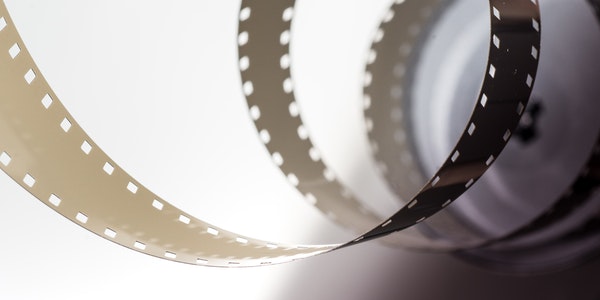Table of Contents
Brief Introduction to Film Art
From the perspective of cultural form, the film and television culture itself is a comprehensive culture involving sociology, psychology, aesthetics, art and art, communication and other social sciences and humanities.
From the perspective of cultural value orientation, film and television art embodies the integration of elegant art and popular art. From the perspective of the uniqueness of film and television communication and the complexity and inclusiveness of the audience, film and television art has the most extensive and complex audience groups, which can also be said to reflect the integration of different cultural classes, races, groups, gender and age.
Of course, generally speaking, the synthesis in the theoretical circle is mainly from the perspective of the integration of film art and other art means. It is precisely this that deserves careful treatment.![]()
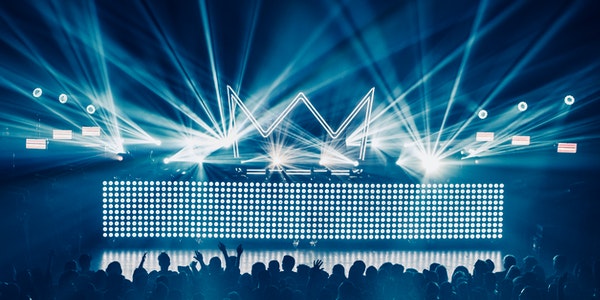
Dialectically speaking, although the so-called “synthesis” is “the combination of things of different kinds and different properties”, it is by no means simply pieced together, arranged and added together. To borrow a philosophical concept, this kind of synthesis is a kind of “heterogeneous assimilation”, that is, assimilating other things of different texture into an organic whole, which is a high-level synthesis, that is, combination or integration.
Therefore, film and television art is neither a record of one or more independent artistic forms of performance, nor a simple addition or superposition of various artistic or non artistic forms. In the final analysis, a necessary and core element or stage of film and television art is photography or video, that is, film and television. In other words, all kinds of artistic elements in the film are an integration of the image recorded on the film by the machine and the sound or music on the tape.
After entering the film and television art, all kinds of arts have undergone fundamental changes. It can be said that they have lost the significance of independent existence. They have become the basic elements of film and Television Art: sound, light, color, picture, movement, editing and so on. Many of the so-called similarities can only be understood, not explained, and can not be empirically proved.
The effect of light on film art
From a certain point of view, light is the first element of film and television art, and the basic medium of film and television art, because it is light that enables us to “see”. But light also has expressiveness, light is also ideographic, and it is also one of the elements of film language. From the perspective of film screen, light is also a factor of composition or modeling. The director can also use light to induce the audience’s attention and perception direction.![]()
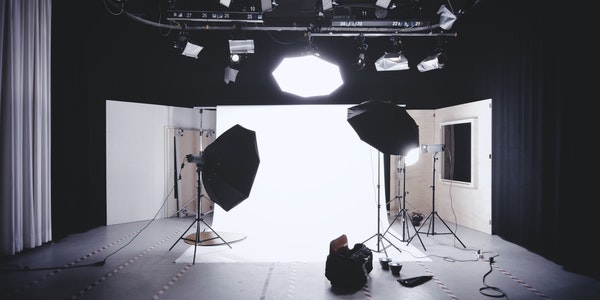
There are many ways to use light in movies. According to the light level, it can be divided into smooth light, side light, top light, bottom light, etc.
According to the light quality, it can be divided into concentrated light, astigmatism, soft light, hard light, etc.
According to the direction of light, it can be divided into front light (front light source), side light (front light source), backlight (light source behind) and bottom light (light source below).
According to the brightness of light, it can be divided into strong light and weak light. According to light dimming, it can be divided into low dimming and high dimming.
All light has its own color (a beam of light refracted by a prism can be divided into seven colors). The generation and change of any color cannot do without light.
The creative conception and artistic expression of film art are always accompanied by the means and charm of light. The thinking of the play, the director’s overall design and scene handling, the actors’ actions and expressions are all closely related to the existence and restriction of light.
With the evolution of the world film form, the effect, technique and aesthetic consciousness of light in the film are constantly evolving, forming the concept of light corresponding to the film concept and film language in different periods.
The study of the concept of light in film is also an in-depth study of the nature of film. This proposition is not only the category of film entity aesthetics, but also the category of film form aesthetics.
The Influence of Painting Art on the Concept of Film Light
First of all, we should pay attention to the influence of painting tradition on the concept of film light. From the Renaissance movement in Europe to the end of the 19th century, the concept of light in painting developed and evolved.
From the works of Italian Renaissance masters, we can see the strong desire and achievements of human beings to pursue the means of expression of light and color, as well as the limitations of the understanding of the law of light in painting at that time. Botticelli and Da Vinci Michelangelo’s paintings have perfect shape and overall color, but the concept of light is still in the great enlightenment stage.
The characteristic of the light concept marked by Rembrandt’s art is to solve the problem of object expression under the specific indoor light source. It was not until the Impressionism period of European painting in the late 19th century that human beings really understood and freely mastered the light color relationship under the outdoor natural light source.
The contribution of Impressionism is to liberate human beings from the frame of brown classical painting and go to the sunny nature. Their endless training in different light conditions for the same object is a thorough experiment to simulate the natural light effect before the camera was born.
After the early period of no light effect, the film entered the stage of dramatic light. As a complete photographic style, dramatic lighting was formed in the period of sound film.
The emergence of sound and the free and extensive use of lines made the film close to drama again, and the conflict law became the main form of film structure in this period. The dramatic light effect in photography is derived from this film form.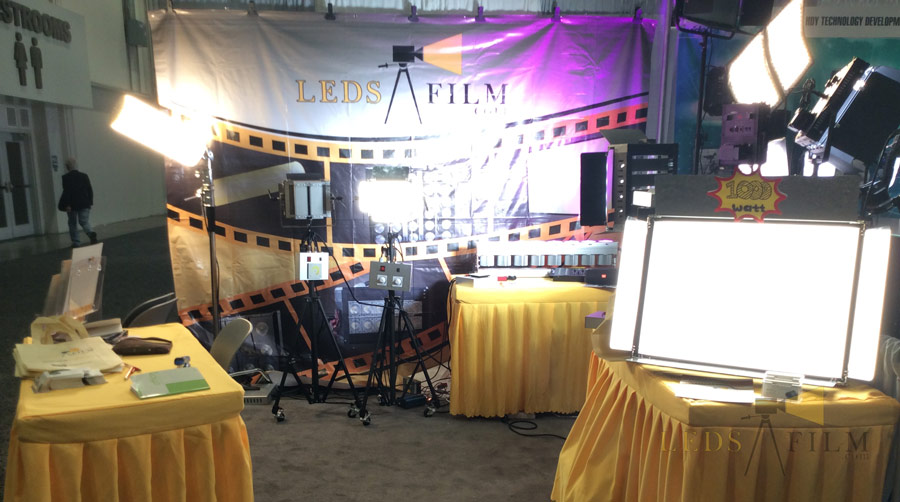
According to the viewpoint and aesthetic taste of traditional drama or painting art, it uses lighting tools (or processing of natural light) to create an effect with specific modeling intention. It does not pay attention to the basis of the light source and the reproduction of the natural form of light effect, but more emphasis on its artificial effect to serve the specific drama content. For this reason, it uses a lot of light or decorative light, even for a certain detail (such as a look or a garment pattern).
Dramatic lighting
Dramatic lighting has played a favorable role in promoting the development of film art and enriching the expressive force of film modeling. However, the excessive dependence and infatuation on the strong artificial light effect has become the tendency of Hollywood people to dramatize.
The resulting aesthetic taste and the concept of light use is a kind of rigid artificial mode, which in turn hinders the evolution of artistic skills and cognitive functions, and fully illustrates the rationality and inevitability of the evolution from dramatic light effect to natural light effect.
It is the practice of Italian Neo realism that leads to the appearance of natural light effect in films as a kind of concept. The importance of this film school lies in the guidance of a clear aesthetic program. In addition to the documentary features in theme, theme, drama actors and so on, the aesthetic requirement of this school in photography is natural light effect.
The light effect of the picture is almost the true representation of the light distribution in the natural form. The direction of light source, the configuration of light and shadow, and the ratio of light and shade are similar to the light in real life. There are few false light effects, and decorative light is rarely used. This makes light a very harmonious factor in the unified and complete documentary style.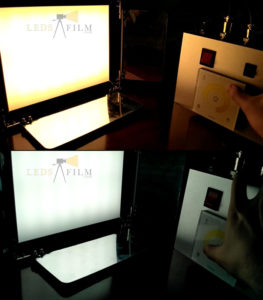
In contemporary films, light effect has been more widely used, even in new forms such as animation and animated films. In animation, lighting can be a subjective, imposed, or even “random” modeling element: the light conditions in a scene or even a lens can change.
For example, in the mirror language system of the prince of Egypt, there are many places where the lamp positions are not unified in one scene. In lens 1 of the opening paragraph, the deep shadow of the head of the Pharaon in the background is the obvious top light effect.
However, in lens 2, the light effect is bright, so it is obviously impossible to have the top light source of the previous lens. Another example is the meeting between sister and Moses. The whole scene is cold blue.
Only when sister starts to sing a lullaby, the sister in the camera suddenly appears in a warm light. When Moses stops at the pillar on the cold way back to the palace and begins to sing monologue, the subjective and sudden light hits his face to depict the psychology of the characters at this time.
This kind of illogical, subjective and arbitrary lighting treatment, if used in feature films, will not only make the audience feel false, but also is not easy to realize in technology. However, due to the advantages of animation technology, this kind of light mutation can be easily achieved now.
With the increasing use of light, the film for people’s sensory comfort needs to meet the unprecedented height. However, from the current variety of changes in this technique and its affinity with various genres of film, the use of light in film has broad prospects for development.
